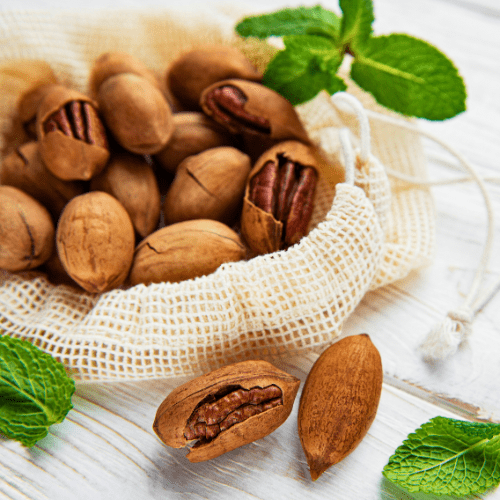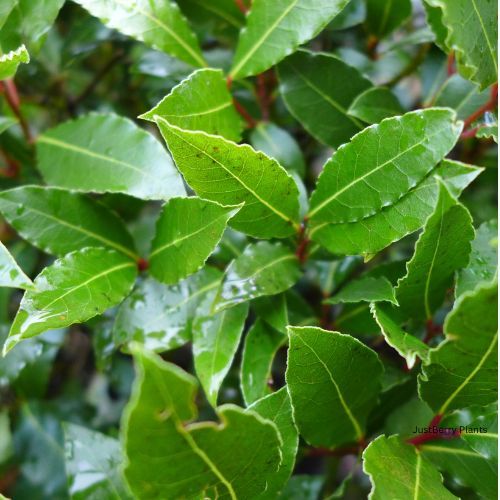Position
Plant your lemon tree in full sun, if possible. If not, partial shade will do.
Soil Type
Opt for soil with a pH of between 5.5 and 6.5 and ensure that it drains well, add at least one bag of acid compost to your soil.
If you plan to grow your lemon tree in a 50 x 50 x 50 centimetre pot, use a whole bag of our Volcanic rock dust with a mixture of acid compost and potting soil. Place stones on the bottom of your pot to make for good drainage. If you’re planting your tree in the ground, dig a hole that is at least 50 centimetres wide and 50 centimetres deep. If the soil is loamy (not clay), mix your soil with a bag of our volcanic rock dust. Volcanic rock dust re-mineralises your soil for better growth and fruit production.
Watering
Water your tree regularly, especially if in a pot.
Mulch
Mulch around the lemon tree with GREEN pine needles or Pine bark Mulch. Mulch will maintain soil moisture and keep the soil slightly acidic. It helps to keep pests away as well. Do not let the mulch touch the plant stem, as it may cause infection or rot.
Fertiliser
Lemon trees need a fertiliser that is high in nitrogen added through the winter to spring. Use a slow-release nitrogen-rich fertiliser, like our berry/all plant fertiliser Apply 1 teaspoon every 4-5 months.
Pests and Diseases
Aphids, citrus psylla, red scale, citrus greening. Spraying regularly with Agricultural Neem Oil or Effective Microorganisms (EM Control ) will assist in either prevention or after the fact. If you already have aphids or mites, wash the tree with a harsh hosing, and when dry, spray with Neem oil or EM Control.
Practice good garden hygiene (remove fallen fruit and leaves).
Watch for root rot (if overwatered) and fungal infections during wet periods.
Pruning
A good time to prune your lemon tree is once it stops fruiting. Remove branches in the middle of the tree to thin it out as this will aid in pest and disease control. Prune the tree to your desired height to enable easier harvest.
During the year, cut away branches that cross over one another and remove any tangled leaves, twigs and branches, enabling vertical growth.
Harvesting
Your lemons are ready to be picked when their skin has turned from green to yellow (or mostly yellow) and they come off the tree when lifted and twisted.





